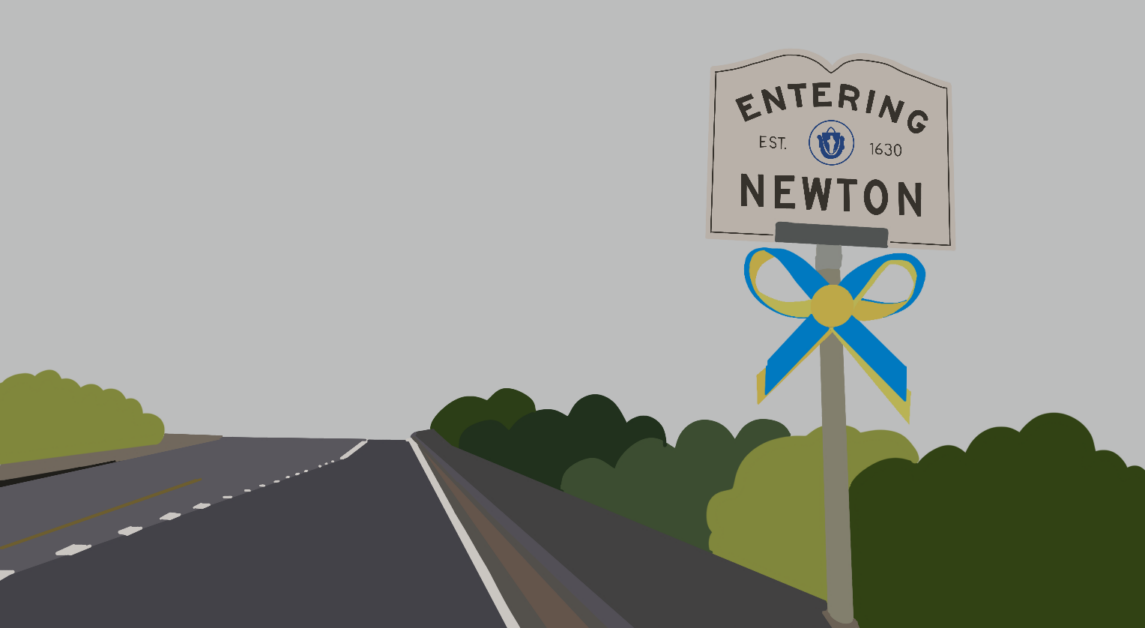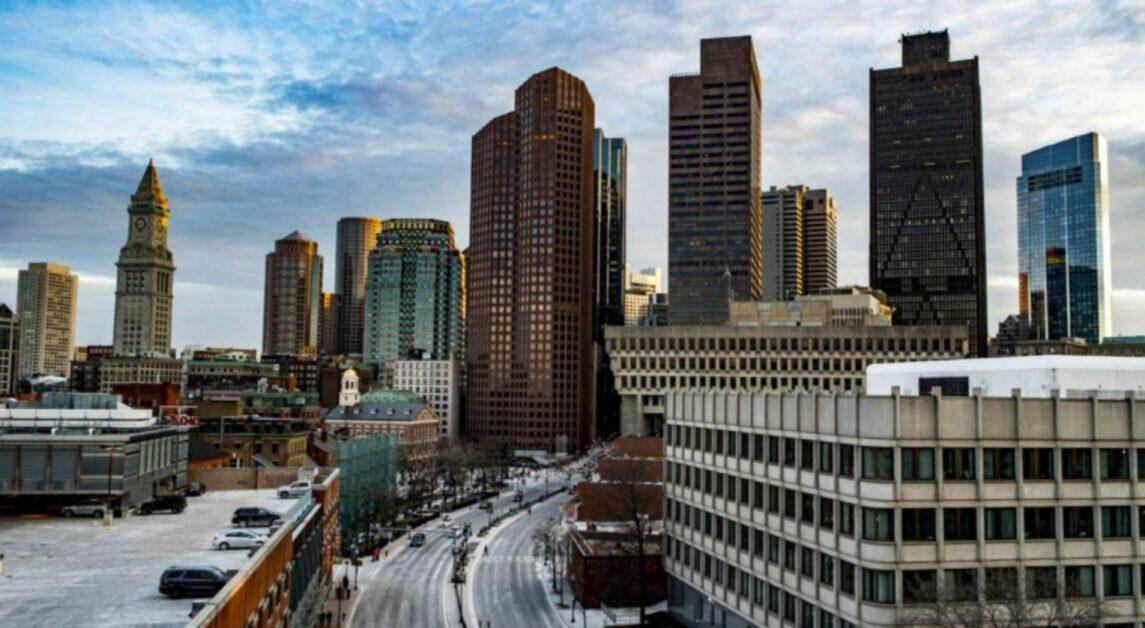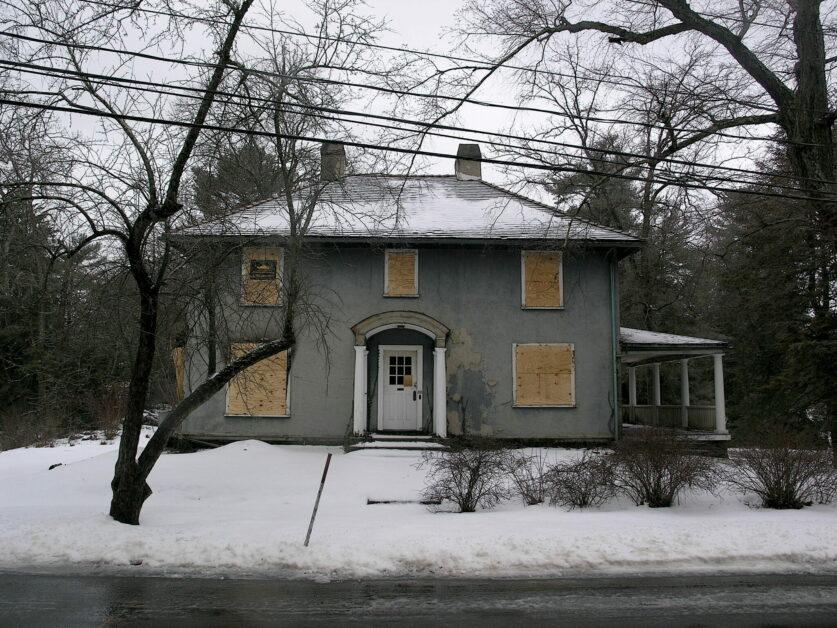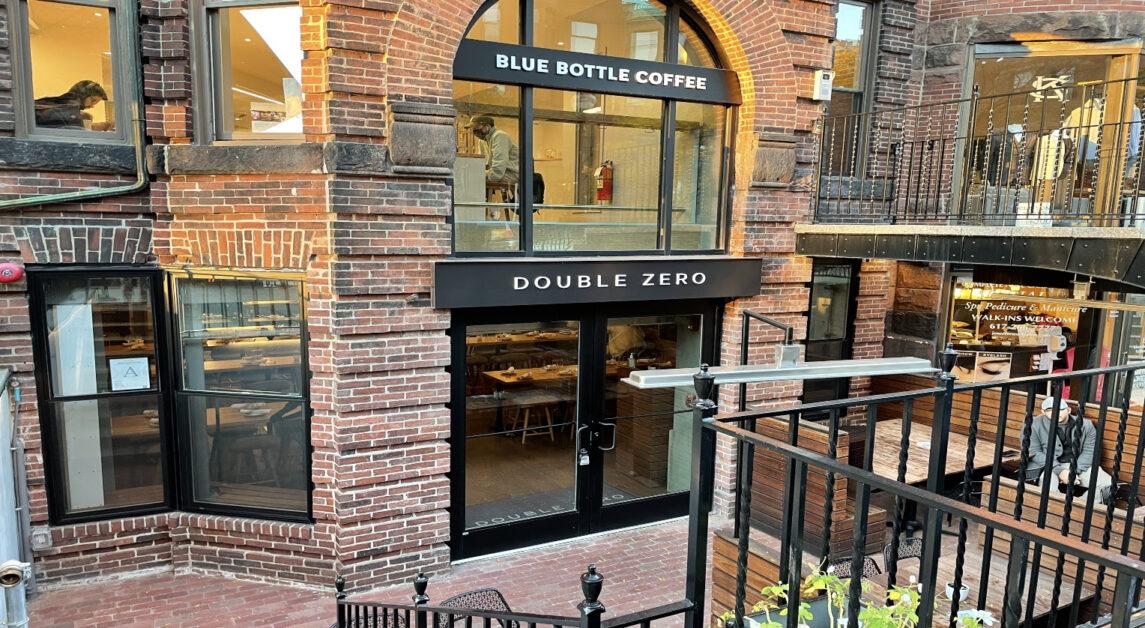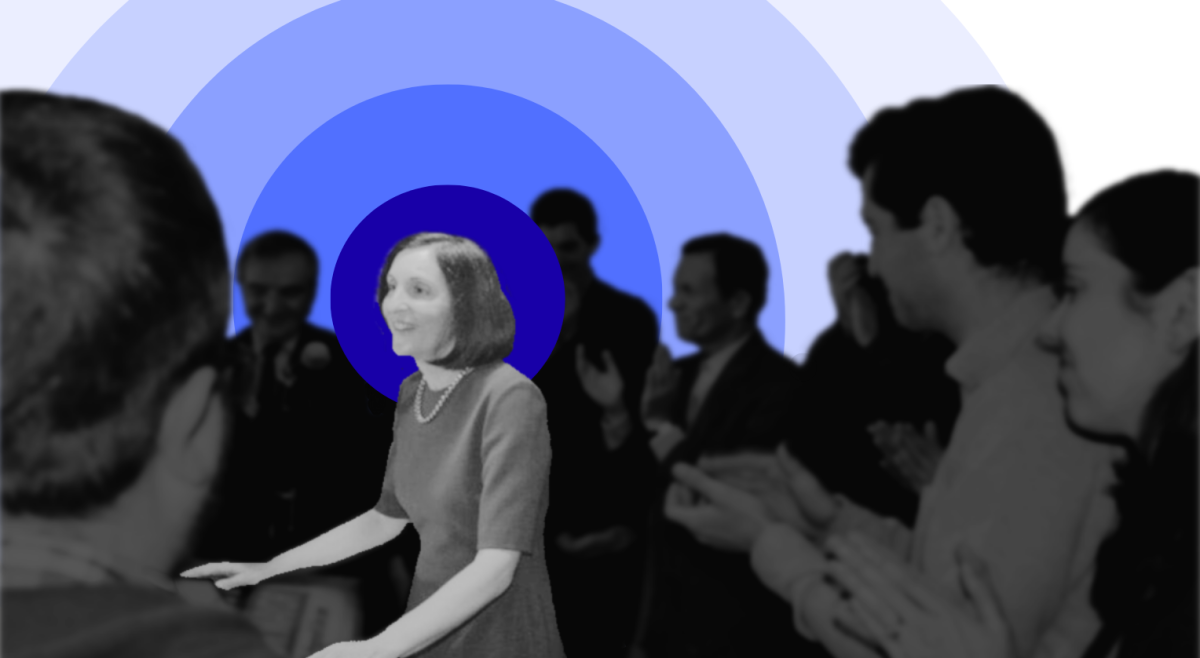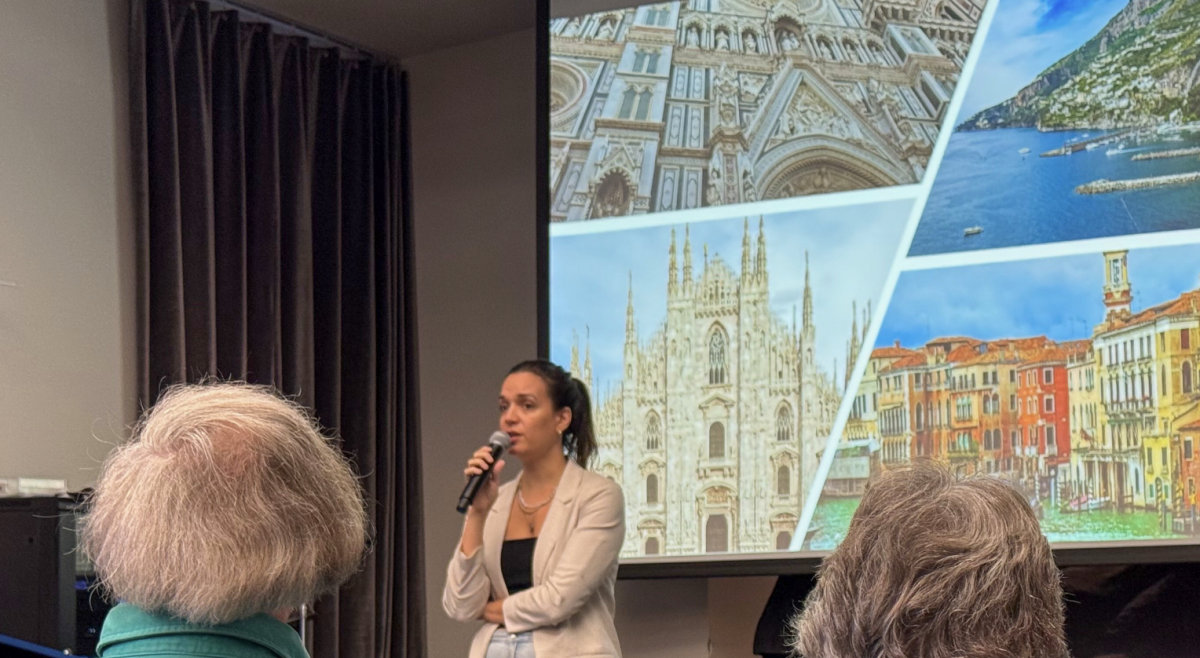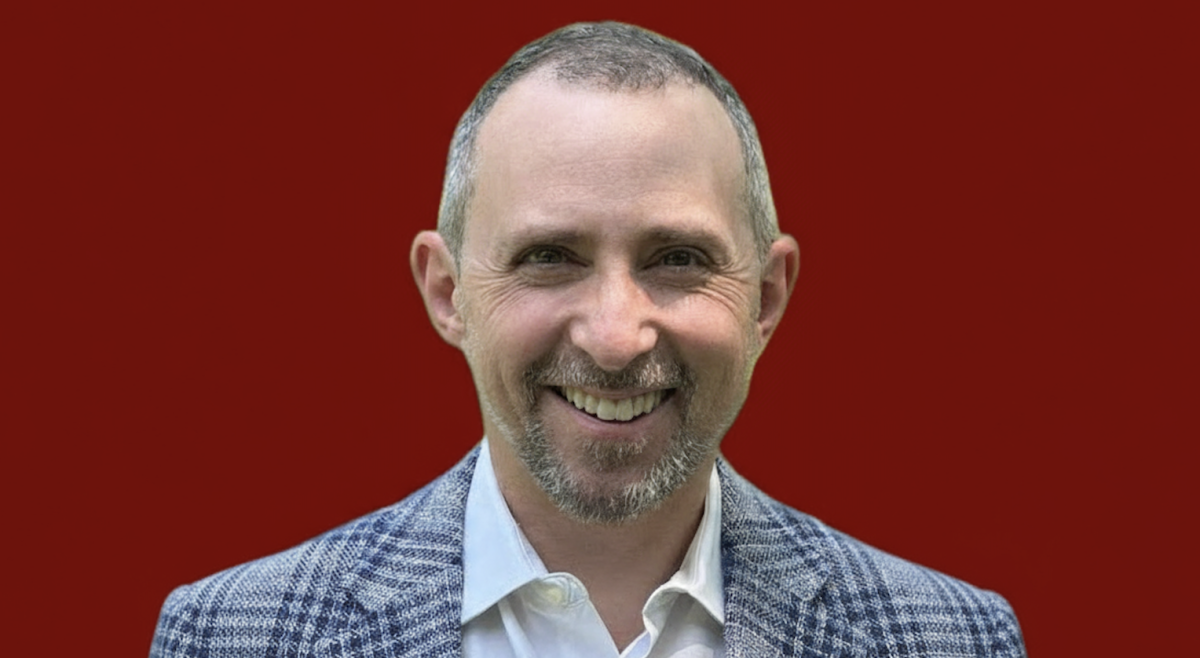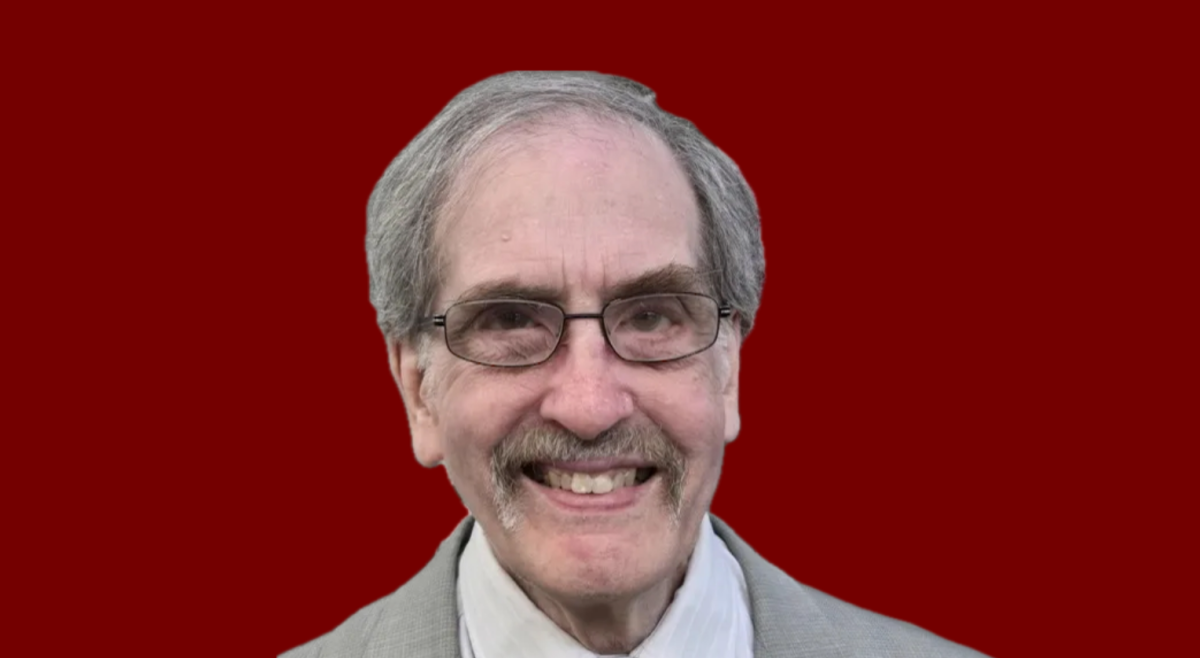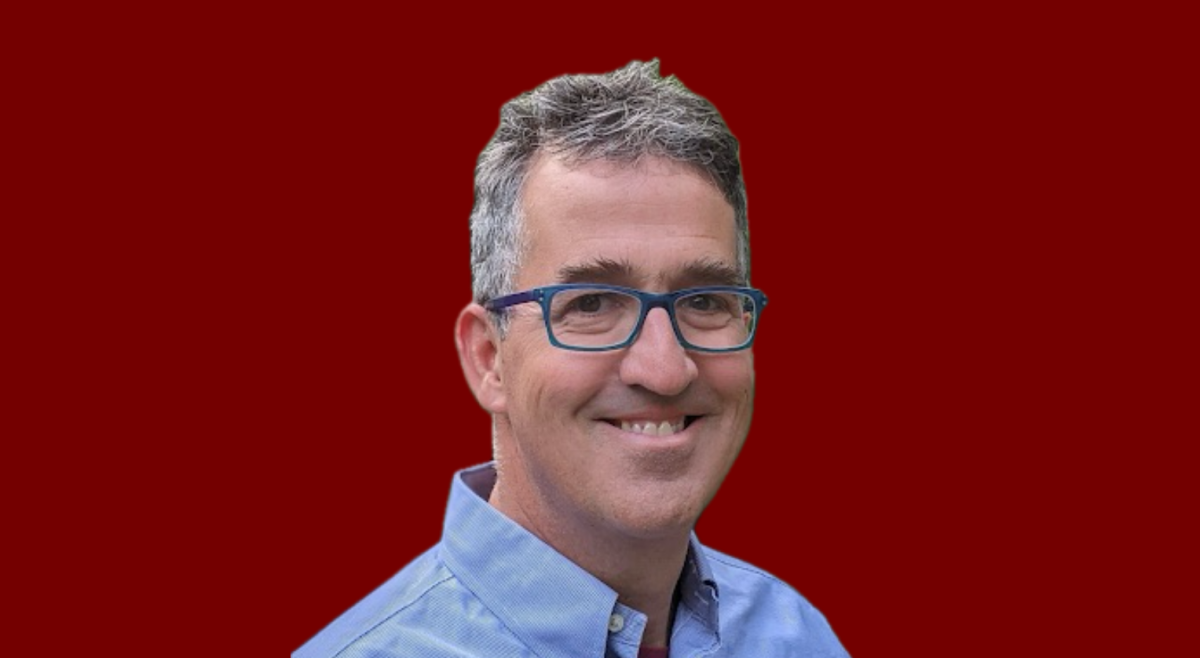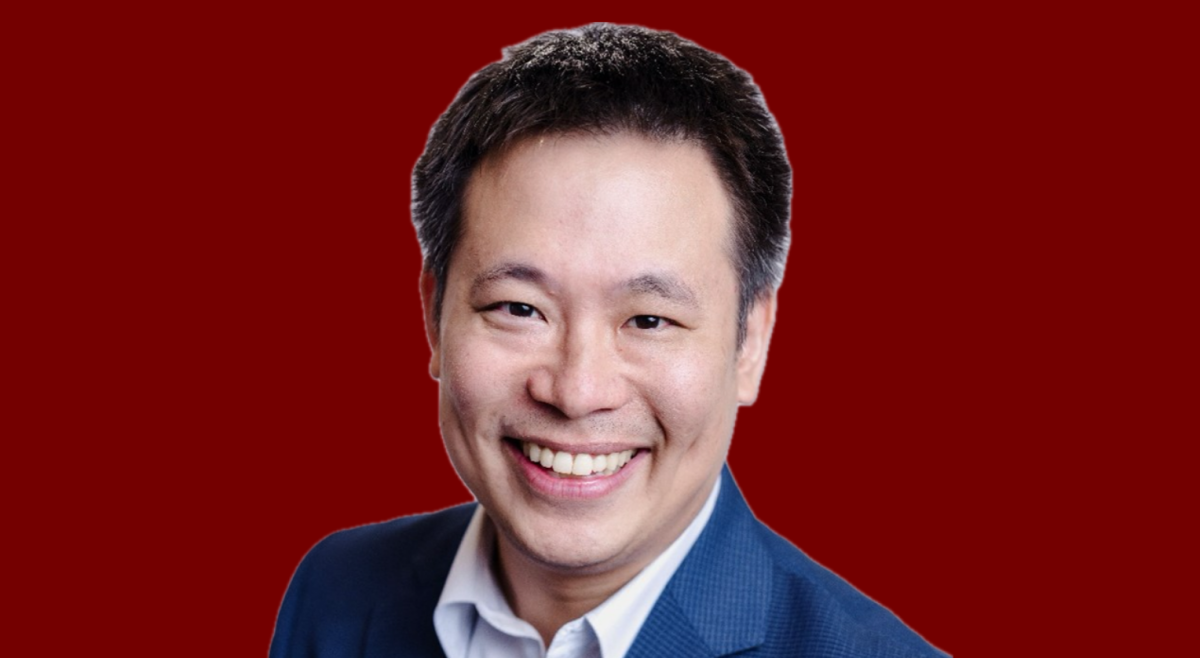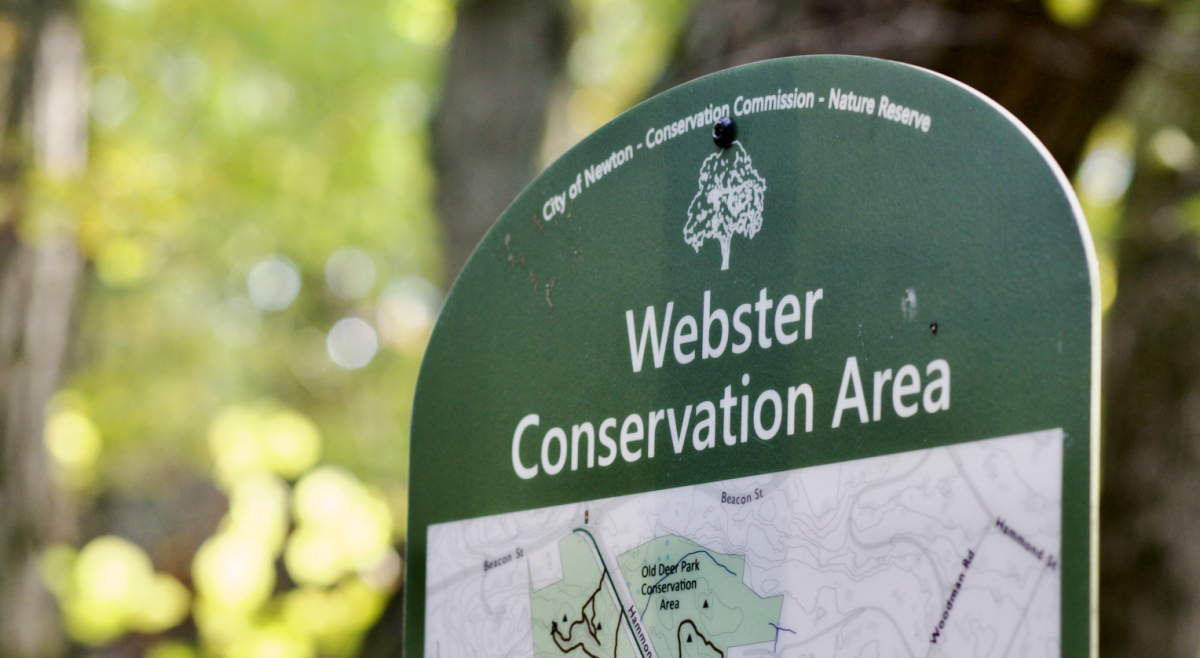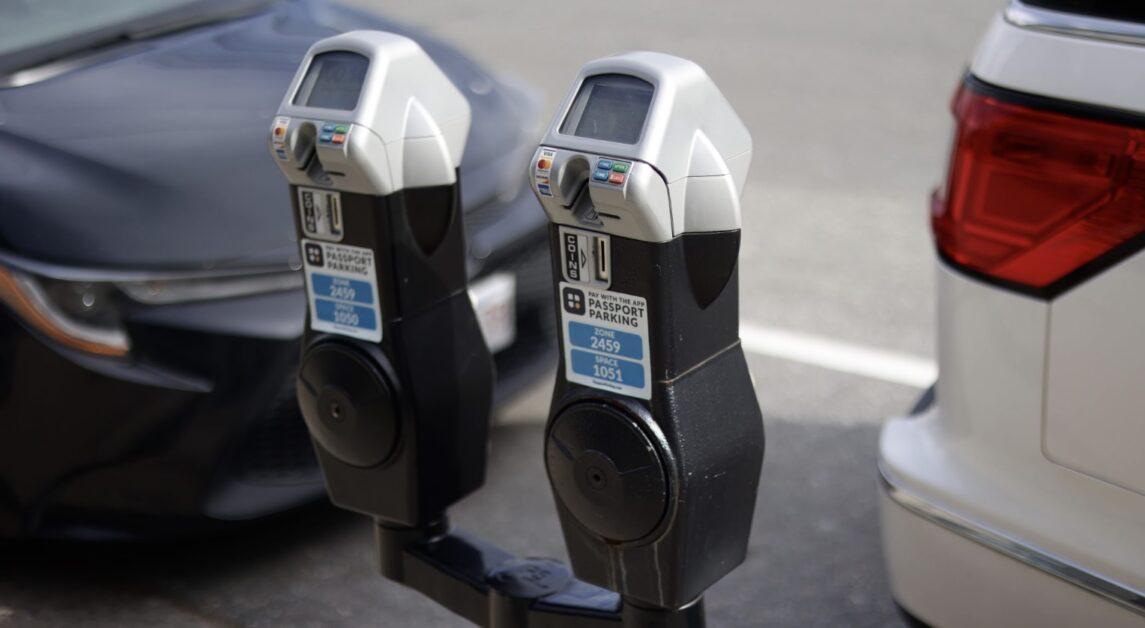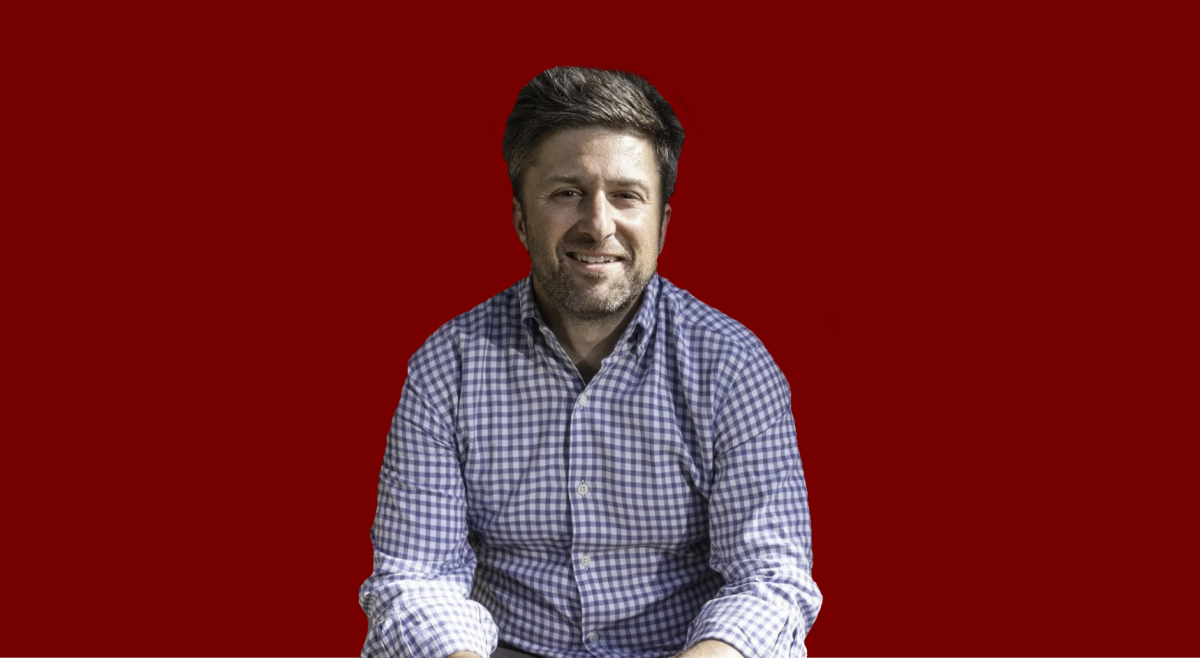Thousands flooded the streets of Boston on Saturday to participate in the rally March for Our Lives and protest against gun violence. According to reports by the Boston Police Department, as many as 50,000 people participated, but protest organizers claim this number to be much larger.
The march in Boston was one of more than 800 protests organized by high school students that took place across the country and worldwide. March for Our Lives is a movement calling for stricter gun laws, started by survivors of the deadly shooting at Marjory Stoneman Douglas High School (MSD) in Parkland, Fla. last month.
The rally began at 9 a.m. in Roxbury at Madison Park Technical Vocational High School. Protesters congregated outside of the school armed with posters, noisemakers, bubbles, and smiles, and starting at 11 a.m., began the three mile march down Columbus Ave. to Boston Common.
The sound of jingling bells and drum beats filled the air. Some marchers held up speakers and played songs ranging from “We Shall Overcome,” to “God’s Plan.” A man on stilts weaved in and out of the tightly packed crowd, dancing to the music.
Leading the march was a line of student protesters, packed together holding signs and chanting. Several students broke off from the group as the march came to a pause and turned to face their peers. They called out, “Tell me what democracy looks like,” to which the crowd responded “this is what democracy looks like.”
Scattered throughout the march were Boston College students. “As college students we have tremendous ability to organize and show our support for better sense gun laws,” said Matthew Lynch, president of College Democrats of Boston College (CDBC) and MCAS ’20.
In partnership with BC’s Young Democratic Socialists of Americas club, CDBC created a Facebook event to organize a group of students to attend the march. Of the 91 who responded ‘interested,’ as many as 50 attended, Lynch said.
“We are marching to protest the Second Amendment and the government’s stance on upholding the second amendment,” he added.
“No, we’re not necessarily protesting the second amendment,” interjected Leo Confalone, vice president of CDBC, MCAS ’20, and former opinions editor of The Heights. “We’re protesting the extrapolation of the Second Amendment to mean that anyone can have an assault rifle for no reason. That’s all. Not the Second Amendment itself.”
“Yeah. The egregious amount of gun deaths that happen in a civilized country like the United States is what we’re protesting I’d say,” added Max Houghton, communication director of CDBC and MCAS ’20.
Students met on the steps of St. Ignatius before departing collectively for the march. “We took advantage of Lyft’s promotion for free rides to the march. It’s a really cool thing on their part.” said Houghton.
Arriving at Boston Common shortly before 2 p.m., protesters milled about in the muddy grass and complimented each other on clever sign ideas. An array of posters flapped steadily against the chilly breeze, reading messages like “Enough is Enough” and “Gun Supplies not School Supplies.” A little girl sat on her dad’s shoulders waving a sign decorated in rainbow bubble letters and glitter, reading “Arms are for Hugging.”

The crowd certainly wasn’t limited to young protesters, as a group from Brookhaven at Lexington, a retirement home, demonstrated. Anne Scott and Jean Olson stood at the entrance to the Common with other residents holding signs that said “Grandmothers on the march!” and “Growling Grandmothers Work to Grind Down the NRA.” They had organized a bus to take them from the retirement home to the march to show their support for the young people that they saw taking point on the issue of gun violence.
I think these kids from Florida have just done such a marvelous, brave thing,” Olson said. “I just want to be here for support.”
Scott agreed, adding, “We seem to not be able to do anything, and the kids can.”
To enhance the voices of these potentially very powerful kids, a pair of women walked throughout the masses of people asking if anyone wanted to register to vote in Massachusetts. This effort was targeted at the young marchers, which constituted the majority of the crowd. Students held signs that read “Voters for 2020,” signifying the coming of age of many of the people who have pushed this movement forward. Throughout the walk and the rally, a common chant was “Vote them out,” as many participants expressed a dissatisfaction with the current government leadership and its handling of gun violence issues and policies.
Marchers chanted “Hey hey ho ho, the NRA has got to go,” and many wore orange tags with $1.05 written on them, signifying the amount of money Marco Rubio received from the NRA in the last campaign cycle if it were measured per student in the state of Florida.
“Essentially it is a price on life that our government and representatives are willing to take,” explained Jacob Ricco, finance director of CDBC and MCAS ’21 as he began to pass out the tags to protestors.
“Would you like a tag? How about you?” Chris Sykes, communications director of CDBC and MCAS ’20, asked attendees.

A little after 2 p.m., the Common fell silent, and speakers from MSD, Northeastern University, Harvard University, and the local Rockland High School took to the stage. Leslie Chiu, a graduate of MSD and current student at Northeastern, addressed the crowd with tears in her eyes.
“My school will now always be remembered for what took place on Feb. 14, 2018,” she said. “But it will also be known to people across the country that it is a school that started the movement that we are a part of today. We are here, we are angry, and we are strong.”
Chiu went on to introduce sisters Leonor and Beca Muno. Leonor is a senior from Stoneman Douglas who survived the shooting on Feb. 14, and Beca is an MSD alumna and current sophomore at Northeastern.
Leonor recounted the horrors of that day.
“I remember needing to tell my family that I was alive and barely being able to send the text because I was in real danger and they couldn’t stop it or help me,” she said.
“I remember receiving a text from my younger sister saying ‘I’m safe. Code red. School shooter. Do not call,’” said Beca.
“I will always remember every single detail. My trauma is not going away,” Leonor screamed to the crowd. She turned to look at her sister and squeezed her hand. They faced the crowd and said in unison, “And neither are we.”
The sisters went on to stress that this movement is about more than just Parkland. “Gun violence did not start on Feb. 14. We are not the first students to be fighting for this,” said Leonor.
“The thing that sets the people of Parkland apart is our wealth and the color of our skin,” said Beca. “We cannot be complacent with a system that designates certain areas as safe while communities of color continue to be neglected, abused, and discriminately affected by gun violence.”
“Especially here is Boston, where 80 percent of people in Roxbury will experience gun violence in their lifetime. Just a mile away in the Back Bay, which is predominately white, that number drops down to 10 percent,” she said.
Featured Image By Young Kim / For The Heights


